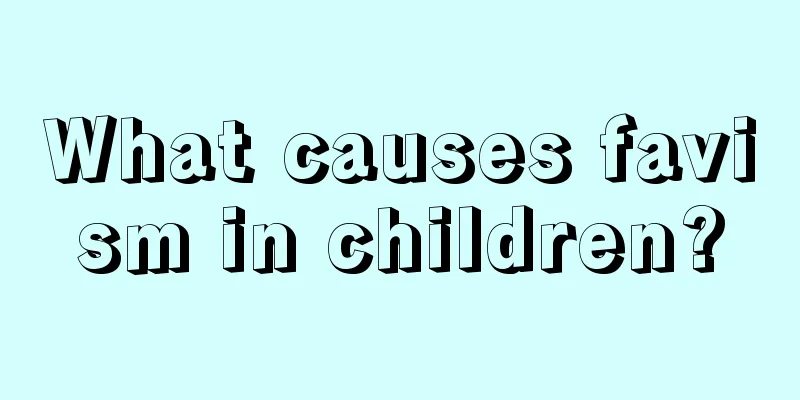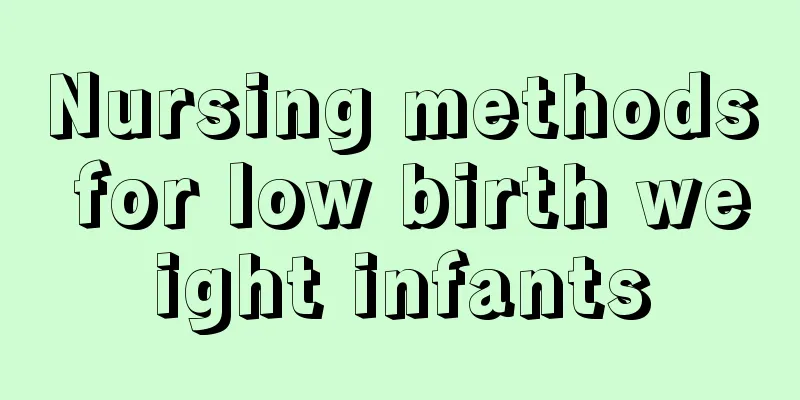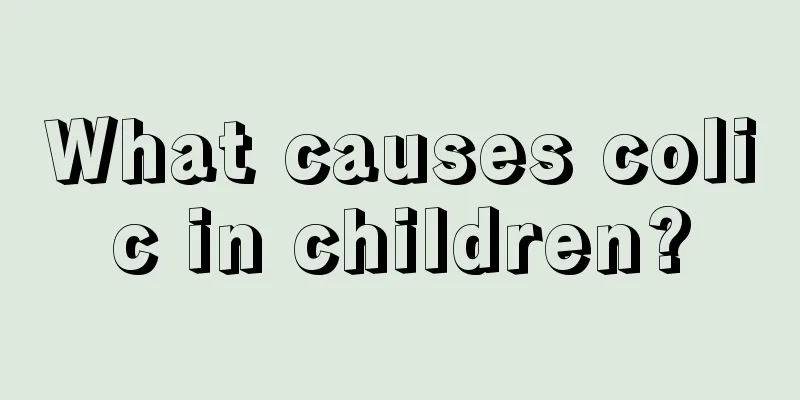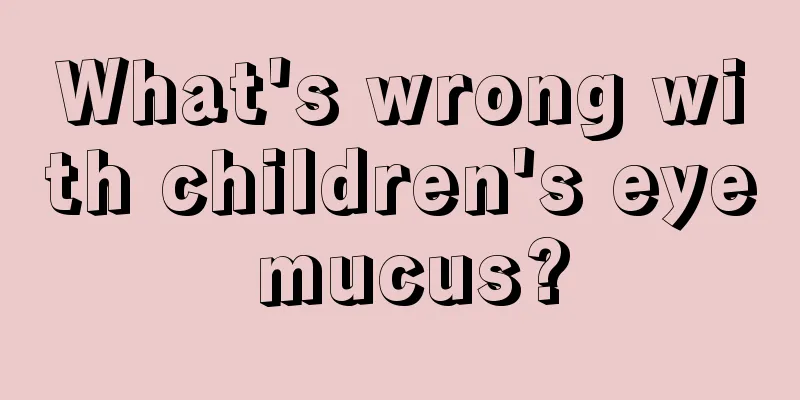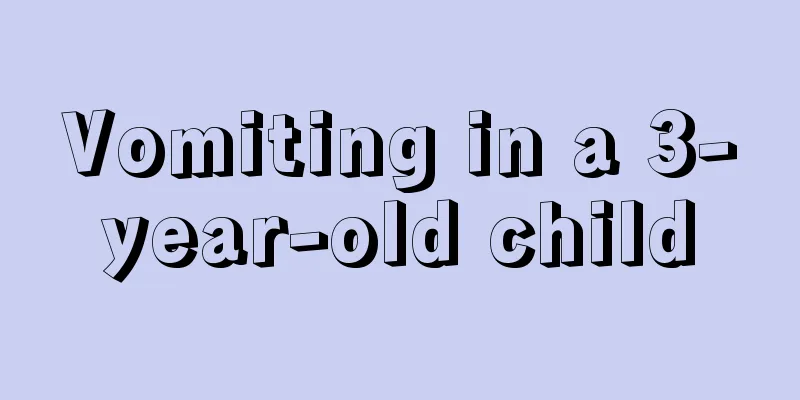How many months can babies see?

|
When a baby is born, his eyes are normal, but his vision is poor and he cannot see clearly, so many people have the impression that newborn babies cannot see. As your child grows up, you will find that his vision will gradually become clearer and he will be able to respond to some guidance, but this takes time. So, at how many months can babies see things? Let’s take a look below.
Newborn babies can see things, but their vision is blurry. They can probably sense things that are 15 to 20 centimeters away, but not clearly. Your baby will react to light while still in your belly. You can take a flashlight that is not too strong, shine it on your belly from about 1-2 meters away, move slowly, and you will find that the fetus will move with the light. Therefore, newborns can see things as soon as they are born, but their eyes are less sensitive to things at this time, which makes it easy for people to mistakenly believe that newborns cannot see things. Babies are born with vision, but newborns have very poor vision. Newborn babies have a sense of light, which is manifested by closing their eyes when stimulated by strong light. It also reacts to changes in light. When bright light shines on the eyes, the pupils become smaller. This is the so-called light reaction.
Newborns have just come from a dark world to a bright world, and their ability to adjust visual focus is poor in the early stages. If objects are too far, too close, too small, or move too fast, the baby cannot capture them well. Studies have shown that a newborn baby's field of vision is only about 45 degrees, and can only follow people or objects within 18-38 cm in front of it. Powered retinoscope testing found that the optimal visual focal length for newborns is 19 cm. Because they don't understand the vision characteristics of newborns, adults are always accustomed to using adult standards to judge whether babies can see things, and naturally think that newborns cannot see things.
Do not put the instrument into the baby's eyes. Instead, shine a flashlight into the eyes to check the vision. The vision of infants and young children is judged by observing the degree of vibration of their eyeballs. Using special examination instruments, such as a retina mirror or a handheld computer ophthalmometer, can correctly judge the condition even if the infant or young child does not cooperate or moves during the examination. Visual evoked potentials, selective viewing method. This requires the cooperation of more advanced instruments. The cover method can be used to check strabismus. When the infant is looking at something, the doctor covers one of the infant's eyes with his hand and observes his reaction. If the child has no obvious reaction, it means that the vision in this eye is low. |
<<: Red patches on baby's body
>>: What are the characteristics of infantile kyphosis?
Recommend
Child's fingers are swollen and hard
Children's skin should be soft and smooth, bu...
The baby's bones always make noises
Since babies' bodies are not fully developed ...
What should children eat when they have a cough due to internal heat?
Children's cough due to heat may be caused by...
The child convulses after crying
Children may have convulsions after crying loudly...
Autistic children go to school
In fact, children with autism will encounter very...
What happens if the child doesn't want to eat?
Whether a child’s diet is normal is directly rela...
What is Edwards syndrome?
Edwards syndrome is a very common chromosomal tri...
How to relieve the anxiety of entering the school
When a child enters kindergarten on the first day...
Side effects of general anesthesia for children's surgery
Many people choose to have an anesthetic injectio...
At what age should you train your baby to urinate and defecate?
Many parents are very troubled by their children&...
What can a 2-year-old child eat to cure his cough quickly?
A two-year-old child does not have proper protect...
Two-month-old baby blows bubbles_Two-month-old baby blows bubbles
In life, many babies blow bubbles with their mout...
Baby's monthly growth chart
A baby's physical changes are very fast. Beca...
What to do if your 11-month-old baby has indigestion
Babies aged eleven months can already eat some co...
What causes intussusception in children?
Many parents will find that their children’s diet...


